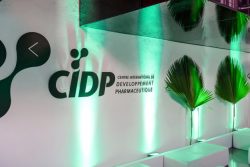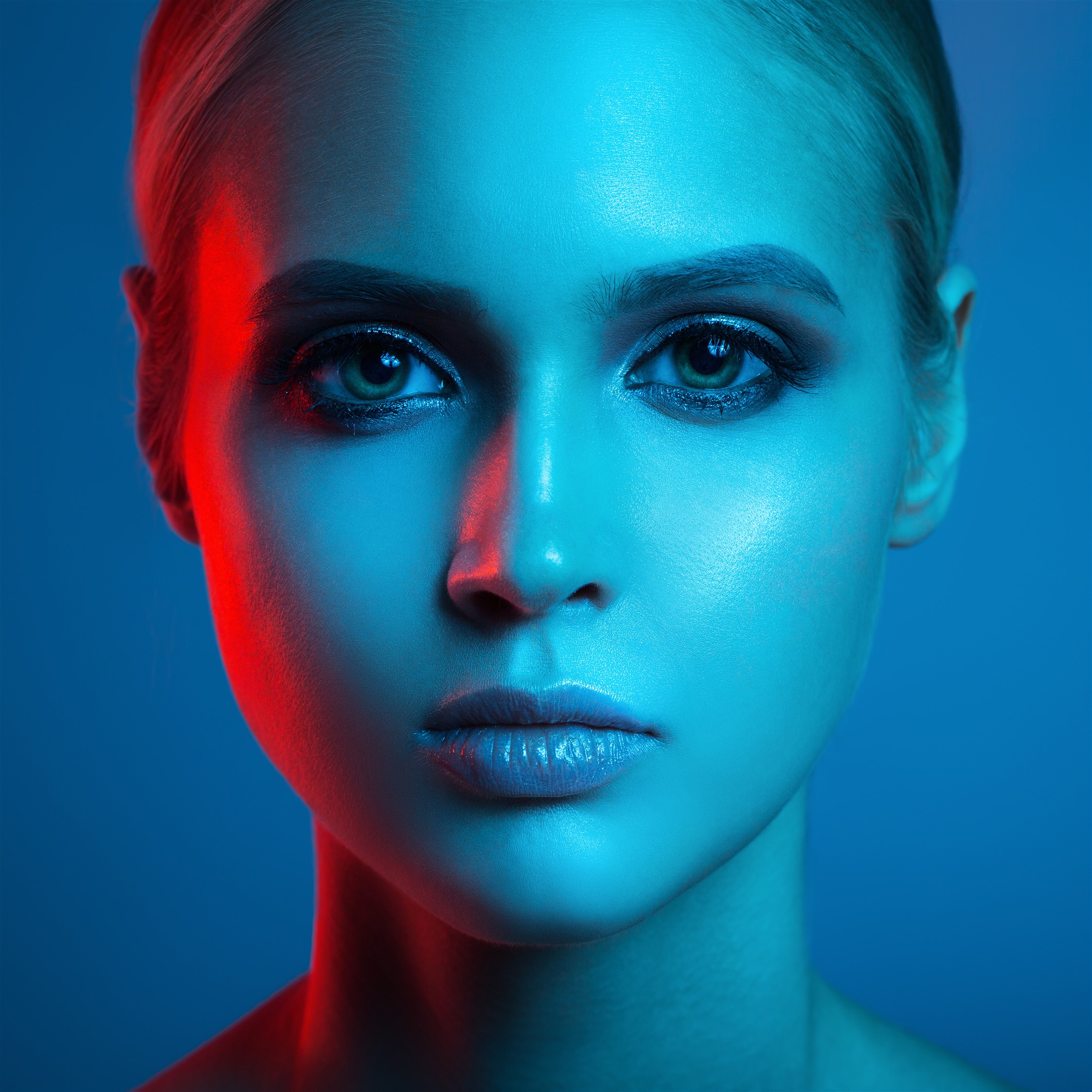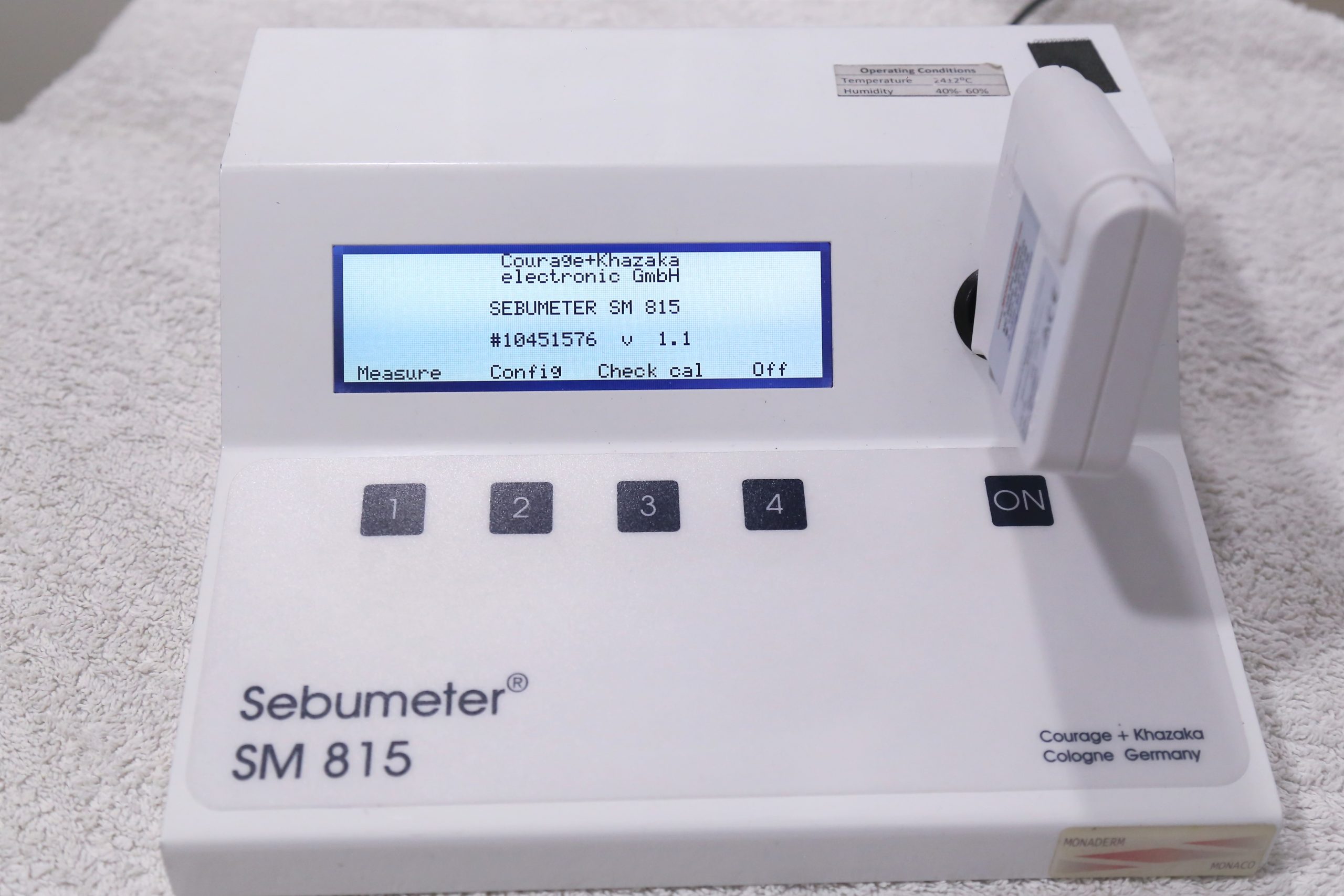
Established in 2004, CIDP (Centre International de Développement Pharmaceutique) is an international Contract Research Organisation (CRO) that carries out high R&D activities for pharmaceutical, medical device, nutraceutical and cosmetic industries.
Blue light protection

Blue Light Protection
For decades, the personal care industry has tested sunscreens for their efficacy in protecting the skin against UVA and UVB components of sunlight. However, recent researches have shown that High Energy Visible light (HEV) or Blue Light has a significant detrimental impact of the skin. HEV or Blue light lies in the wavelength of 400-470 nm and can induce an oxidative stress, premature aging of the skin and pigmentation. There are two main sources of blue light: solar radiation and digital devices which our skin are exposed daily.
TWO MONOCHROMATIC LIGHT SOURCE
To evaluate the efficacy of cosmetic product to protect against the detrimental effect of blue light, CIDP has developed two calibrated monochromatic blue light sources:

A blue light source emitting at 415 nm and thus mimicking
the blue light sources obtained in solar radiation.

A blue light source emitting at 450 nm and thus mimicking
the blue light sources obtained in digital devices.
The intensity of these blue light sources can be measures using a calibrated thermopile detector. Thus the dose of blue light at which the skin is exposed can be evaluated.
Different methodologies have been developed in house and allows the evaluation of the protective antioxidant, barrier, and anti-pigmenting efficacy of cosmetic products.
BIOMARKERS ANALYSED
Different markers can be analysed including:
- Oxidative stress biomarkers such as Squalene/Squalene monohydroperoxide, Malondialdehyde (MDA), protein carbonylation…
- Biophysical biomarkers such as skin elasticity, hydration, skin barrier integrity.

PIGMENTATION EVALUATION
Pigmentation and monitoring of the ITA parameters, L, a, b parameters as well as the deltaE. The pigmenting effect can also be used by using innovative tools such as chromameter, spectrophotometer or spectracam.

EX VIVO MODEL
Using ex-vivo (human skin explants) models, different markers and biochemical pathways can be analysed including:
- Antioxydant markers such as Squalene/Squalene monohydroperoxide, Malondialdehyde (MDA), catalase, Reactive Oxygen Species using the DCFH-DA method…
- Filaggrin, AhR, NRF-2 activity…
- Ageing markers such as MMP-1, pro-collagen, collagen and degraded collagen immunostaining…